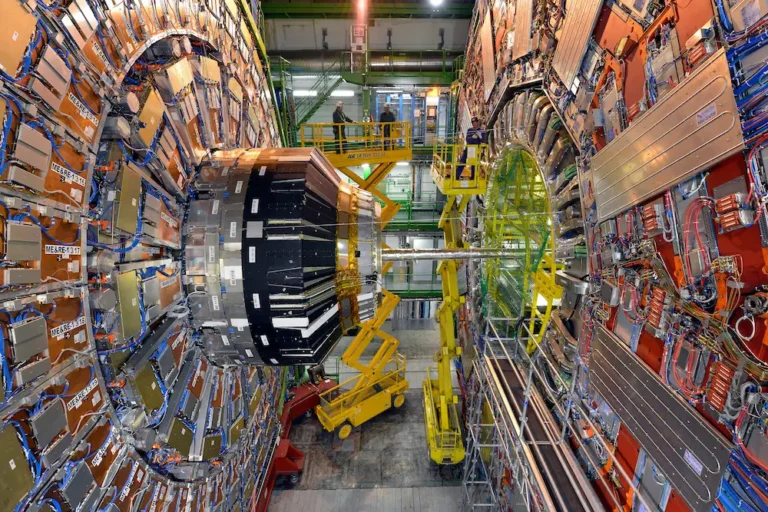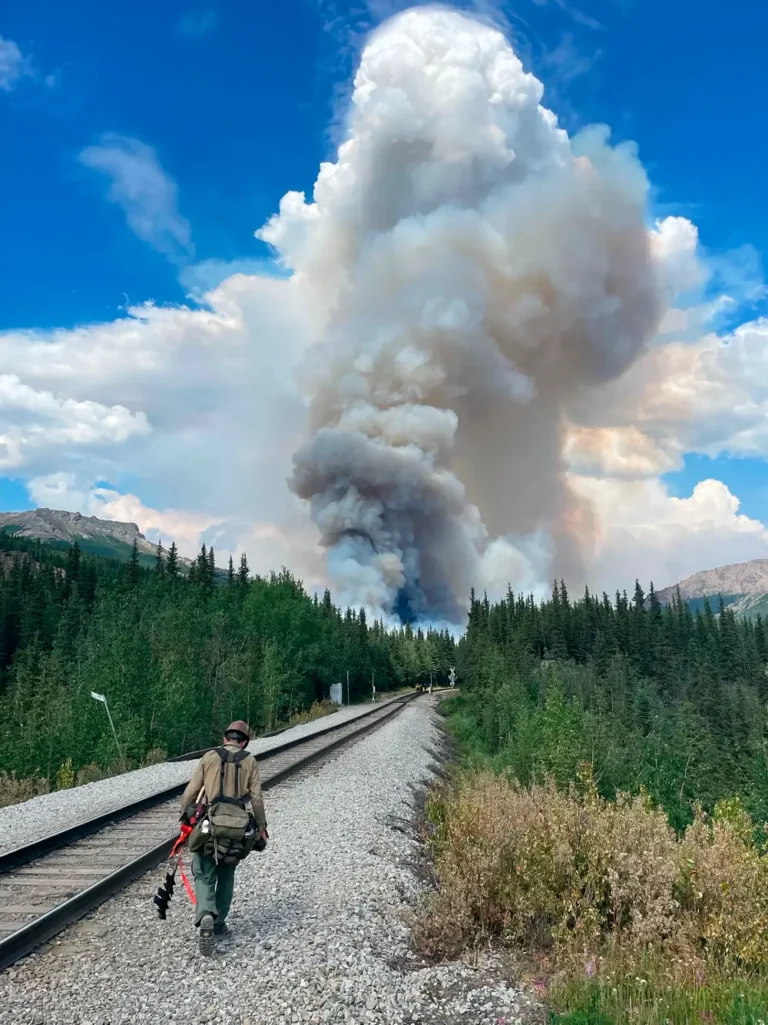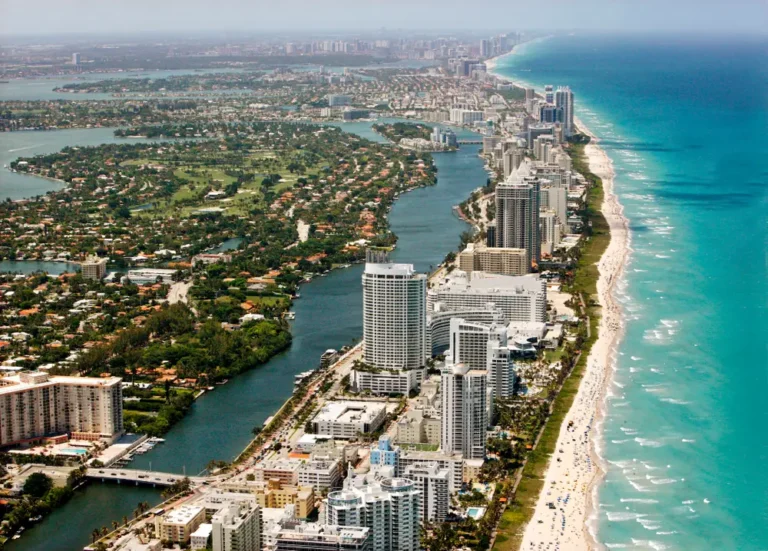Mysterious exploding craters started turning up in Siberia 10 years ago. Scientists say more are likely.

Tucked away in the frigid northern corner of Siberia are giant craters, some deep enough to fit a 15-story building. Scientists observed the first crater in 2014 and have found about 20 more in the years since.
It’s been fairly clear from the beginning that the craters are caused by some type of explosion deep underground. What’s triggering the explosions is a topic of debate — one that Ana Morgado, a chemical engineer at the University of Cambridge, thinks she and her colleagues have settled.
If their theory is correct, it would mean these types of exploding craters are rare and only form under specific geologic conditions, so there’s no risk of something similar showing up in, say, downtown Manhattan.
Their theory also ties these massive eruptions to climate change. As the planet continues to warm, more craters will likely erupt. When this happens, it releases a highly potent greenhouse gas into the atmosphere, which in turn contributes to climate change.
The mysterious case of Siberia’s exploding craters
The colder nooks of the world, in places like Siberia and northern Canada, have a subsurface layer of soil called permafrost that’s been permanently frozen for millennia. As global temperatures climb, pockets of permafrost are thawing worldwide.
This has led to some spectacular discoveries like a perfectly preserved 30,000-year-old squirrel in Canada and a 46,000 year-old worm in Siberia. It’s not just ancient squirrels and worms hiding in permafrost.
Concentrated amounts of the highly explosive greenhouse gas methane are trapped deep underground in the permafrost in ice-like solids called methane hydrates.
Researchers widely agreed that when these hydrates are damaged, they release methane gas, which is what’s triggering the explosions in Siberia.
How the hydrates are damaged in the first place, though, is less clear.
Existing theories suggest that warming permafrost, as a result of the warming Arctic, could ultimately destabilize the hydrate layer, releasing explosive methane gas.
“That was the initial idea, and we didn’t question it at all at the beginning,” Morgado told B-17. “What we questioned was that: Okay, you’re saying that that is the case, but you don’t present a physical model that can explain that. So no math.”
When the team tried matching the math with the observations, they found that it would take centuries for the process to trigger an explosion. The Arctic had only been significantly warming over decades.
“So either something else was happening or magnifying this effect,” Morgado said in an email.
The team found the missing piece to their puzzle when they learned of past geological surveys that had identified pools of liquid water, called cryopegs, just above the methane hydrates in Siberia.
What’s causing the ground to erupt in Siberia

The four-step process that may be what’s causing Siberia’s landscape to erupt in massive explosions.
Normally, the cryopegs are stable. Morgado and the team realized that the summer would threaten this stability.
In summer, frozen soil at the surface melts. That meltwater is then pulled down toward the cryopegs via a process called osmosis — the same process that helps water climb against gravity through tall plants.
Osomis was the magnifying effect the researchers were looking for.
With longer, warmer summers in recent years, enough meltwater is available for long enough periods that it’s being driven down to the cryopegs on timescales that matched the observations, Morgado said.
Once the meltwater reaches the cryopegs, it’s over.
The meltwater increases the pressure inside the cryopegs, just like adding more water to a water balloon. That pressure cracks the soil leading to the surface, which triggers a drastic reverse in pressure. And that pressure change is what damages the methane hydrates, triggering an explosion.
More exploding craters to come
Siberia will likely have more explosive craters in the coming years as global temperatures continue to warm. That’s a problem because the methane these explosions release is a highly potent greenhouse gas, which helps drive global temperatures up even more.
It’s unclear exactly how much methane these explosions release, but in the grand scheme of climate change, they’re a small matter. Thawing permafrost is a larger concern because it contains concentrations of not only methane but also carbon dioxide that is released into the atmosphere when it melts.
Siberia isn’t the only place in the world with permafrost.
If the team’s theory is correct, it’s possible, but unlikely, that other places with permafrost will start erupting the way Siberia has, Morgado said.
“It would need to be very specific that you would have this in another place,” Morgado said, adding, “Luckily we are not seeing the entire world, or the entire Arctic, bursting into craters.”






